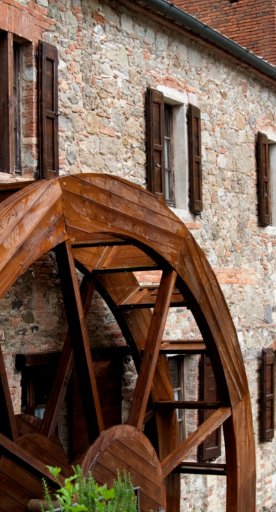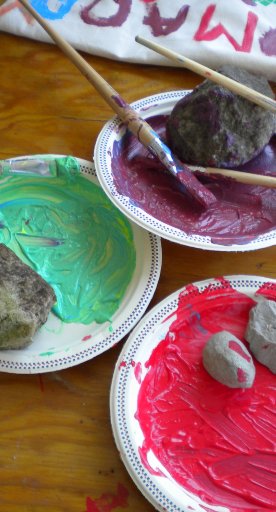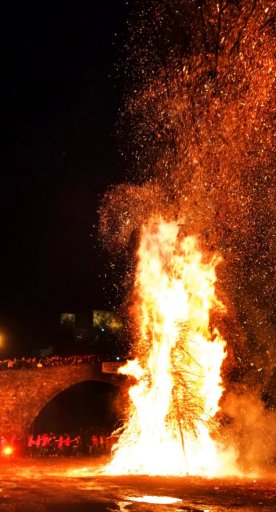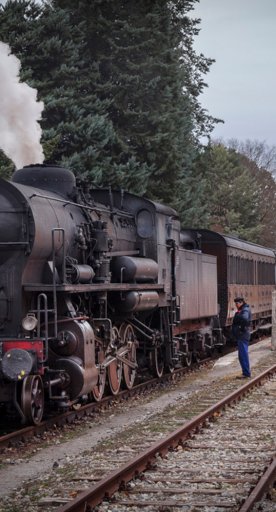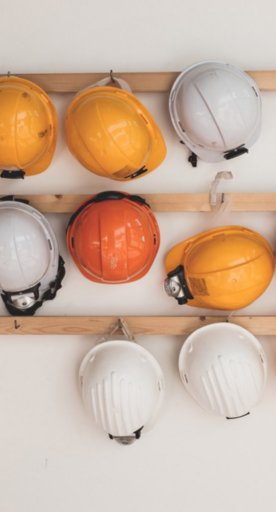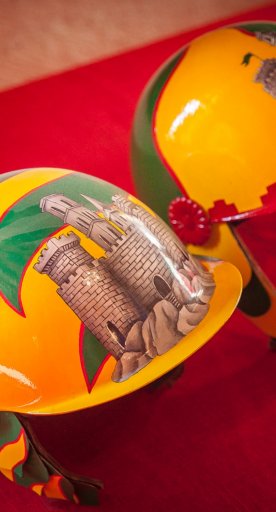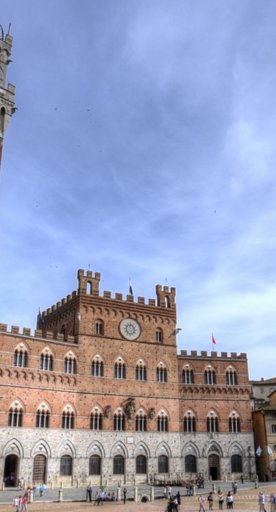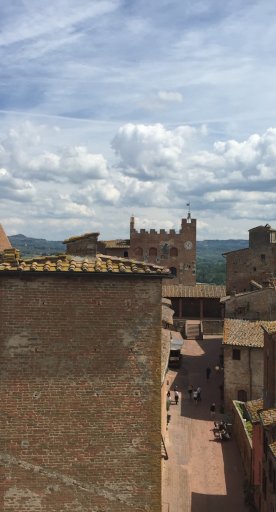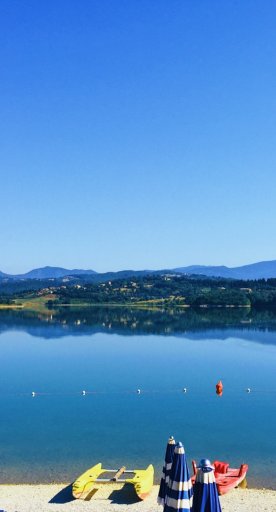Discover the Lima Valley, from thermal springs to caves
The most unique spots in the Serchio Valley
Do you fancy a break from everyday life? Take a trip through the villages of the Lima Valley. The Lima river is the main tributary of the Serchio and flows quickly down from the Apennines with waterfalls and rapids. It is a paradise for lovers of rafting who can embark at the Mammiano suspension bridge or the Casabasciana bridge, and head down the river to the Serraglio bridge.
-
1.Bagni di Lucca
-
2.Cocciglia
-
3.San Cassiano
-
4.Botri
Bagni di Lucca

There is a wonderful view of Bagni di Lucca from the terrace of Bernabò. The river Lima winds its way between the houses and past the town’s three main land marks: the lovely nineteenth century Serraglio bridge and the elegant villas and gardens of the Corsena and the Bagni Caldi, the historical thermal spa. A stroll through the town reveals an eclectic mix of architecture such as Villa Fiori, Villa Reale, Villa Ada, Villa Reali dei Baciocchi and the Demidoff Hospital, which was built by a Russian prince who regularly came and enjoyed the benefits of the thermal waters here. Here, rain water filters through the rock and gets trapped, until immense pressure forces it out enriched by minerals, crystal clear, odourless and warm.
Not far from Bagni di Lucca is Borgo a Mozzano, home of the noteworthy Maddalena Bridge. This bridge is not only famous for its architecture, but also for the legend which surrounds it.
Cocciglia
Not far from the Bagni di Lucca, near the village of Cocciglia, you will find limestone gorges carved out of the rock. The Lima river passes through here, its flow being boosted by melted snow. When the snow melts and the waters rise, powerful whirlpools form around the rocks here. Visitors to Cocciglia can admire this force of nature from the footpaths near the bridge.
San Cassiano
On the right bank of the river Lima are several small places of worship. The first is the church of San Cassiano in Controne. Of 8th century origin church, only the bell tower is still standing today although, in 1907, a new church was added on to it. The façade of the church is decorated with carvings of ribbons, fish, flowers, serpents and a group of ferocious wolves under which Moses is depicted in prayer. Further on is the Medieval church of Corsena, the church of San Gimignano (a single-nave church), the church of San Giovanni in Controne (which has a double façade), the Church of Santa Maria in Palleggio and the Oratory of Santa Maria della Quercia in Pian degli Scalchi (which has a lovely wooden chancel).
Botri

The river Mariana and the river Ribellino flow rapidly down from the slopes of the Apennines, bringing with them masses of debris before they eventually join the river Pelago. Now the river flows through a steep and narrow canyon carved out of the rock over thousands of years. This canyon is called Orrido di Botri. It’s only possible to go up this part of the river in the summer when the weather permits and when the water level is low. Accompanied by guides you can enjoy this wild landscape of white water and verdant vegetation.
Start your discovery












